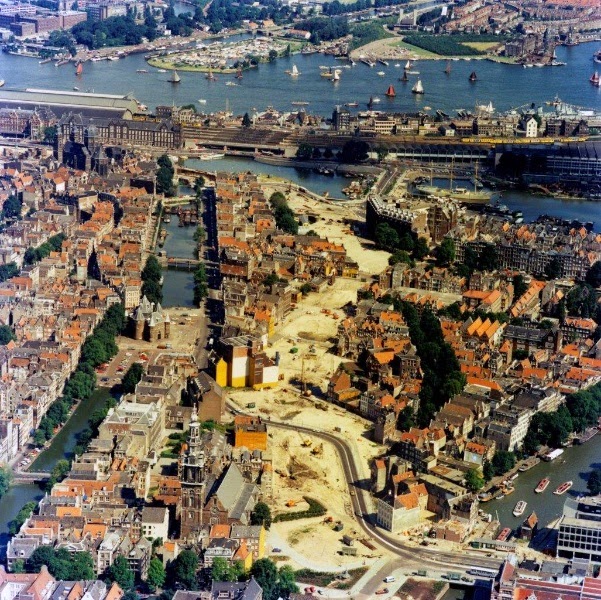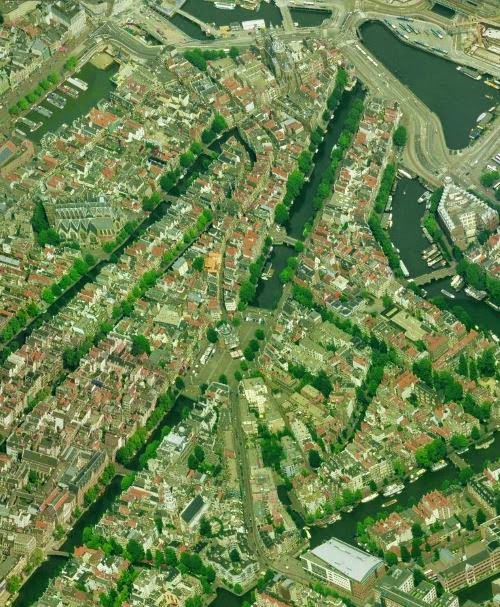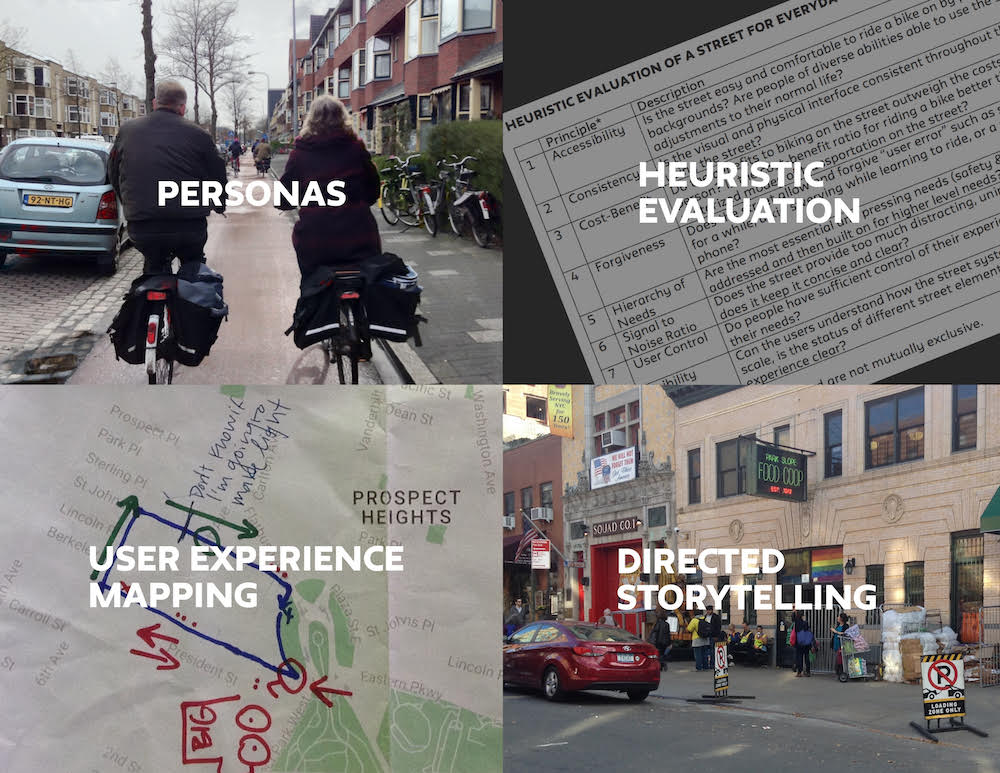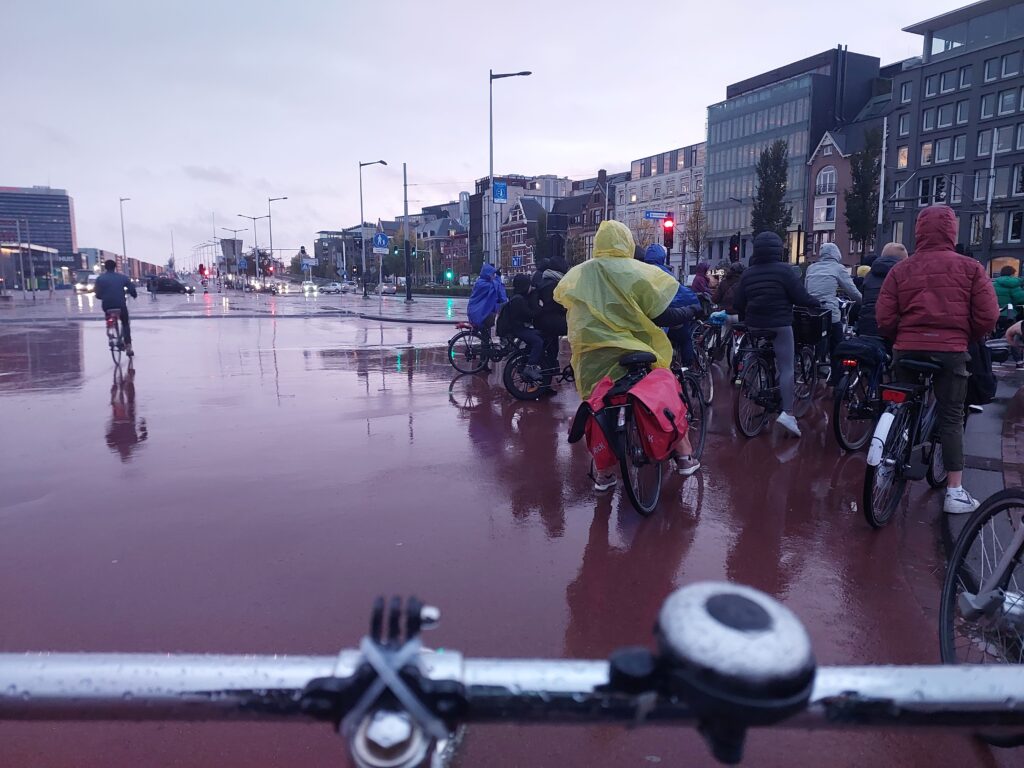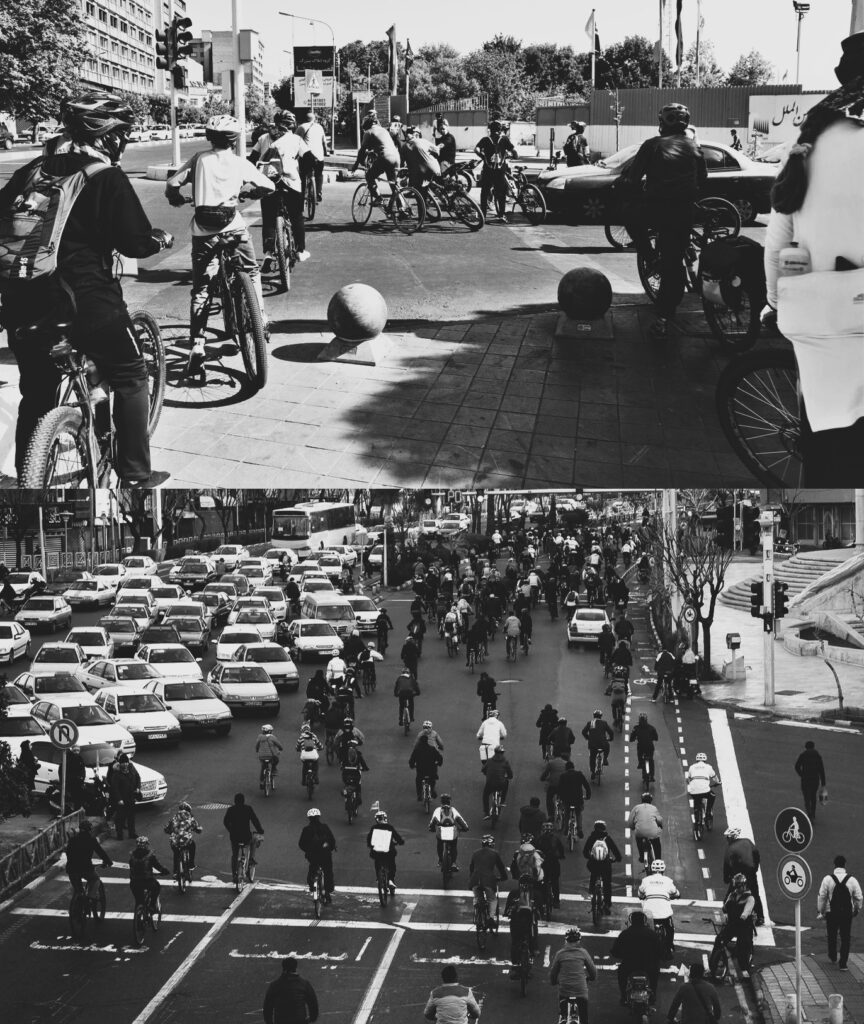This was originally posted on the http://cyclingacademics.blogspot.com/ blog
One of the many urban myths about Dutch cycling is that the Dutch have always enjoyed high levels of cycling. We all know how nice Amsterdam is nowadays. But this was not always so. And more worrying, this was close to being demolished entirely. Historic research shows however that just as about all other countries, Dutch cities also experienced a rapid decrease of cycling levels with the rise of the car after World War II (Adri de la Bruheze and Frank Veraart, see graph below). This reveals that Dutch cycling is just as vulnerable for external shocks as any other country. On a more positive note: it also shows that cities can recover. The pivotal point to understand this for the Netherlands is the spring of 1975. And to be more precise, it was in a small neighborhood in the east of the Amsterdam city center.
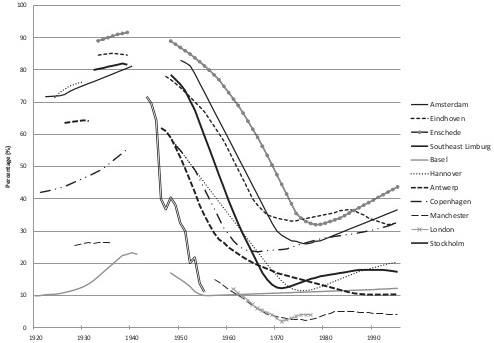
It was here that a young generation of squatters and their symphatizers resisted the plans and visions what was supposed to become the ‘modern city’: A city for economic development, for office developments in the center, for (cheap) living in suburbs far away from this center and for huge highway- and metro-structures connecting the two. Creating space for the magnificent and rapidly emerging automobile. The dream of many engineers and urban planners at that time. Many inhabitants were fed up with it and stood up to protect the historic qualities of the city. As such, and without many of them knowing, they maybe fought the most important land use and transport riots ever. Because of their fierce resistance, the modernity machine stopped and was replaced with more human-sized ideas: small scale buildings, dense and diverse neighborhoods and a guest status for car traffic. If you ever want to understand why Amsterdam became Amsterdam as you know it now and to which many cities aspire, understanding this moment is key.
Watch the short documentary below. And hail these individuals that came together and changed the course of Amsterdam’s urban history for the good. And showed the way for so many others. We went to Paris and New York to learn from them in the 1960s. Now, they come to us! Change is possible, but you cannot expect it to come from engineers and planners. A better bet are countermovements like this one. Heck, even children outperform professionals in this respect.
Go to the original [Dutch] Andere Tijden documentary.
An aerial shot of the huge urban scar caused by the metro developments and planned to become an urban highway (looking towards Amsterdam Central Station on the top-left. House Pinto (talked about in the documentary) in the front (via Herbert Tiemens).
